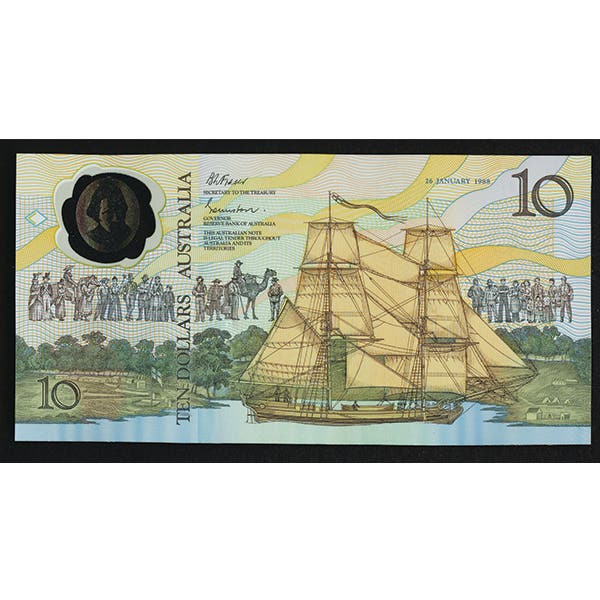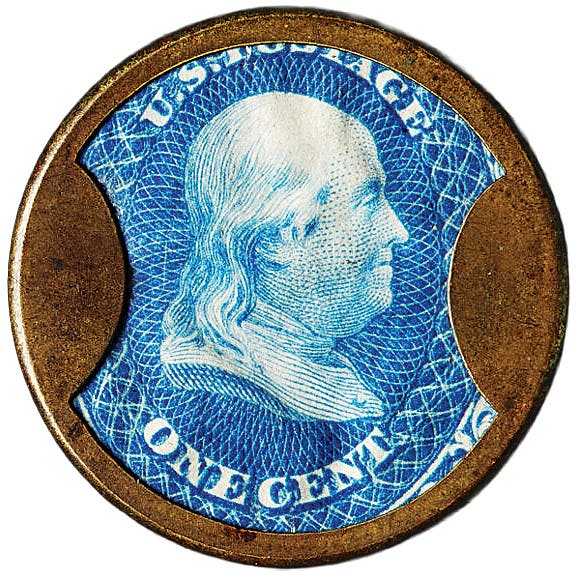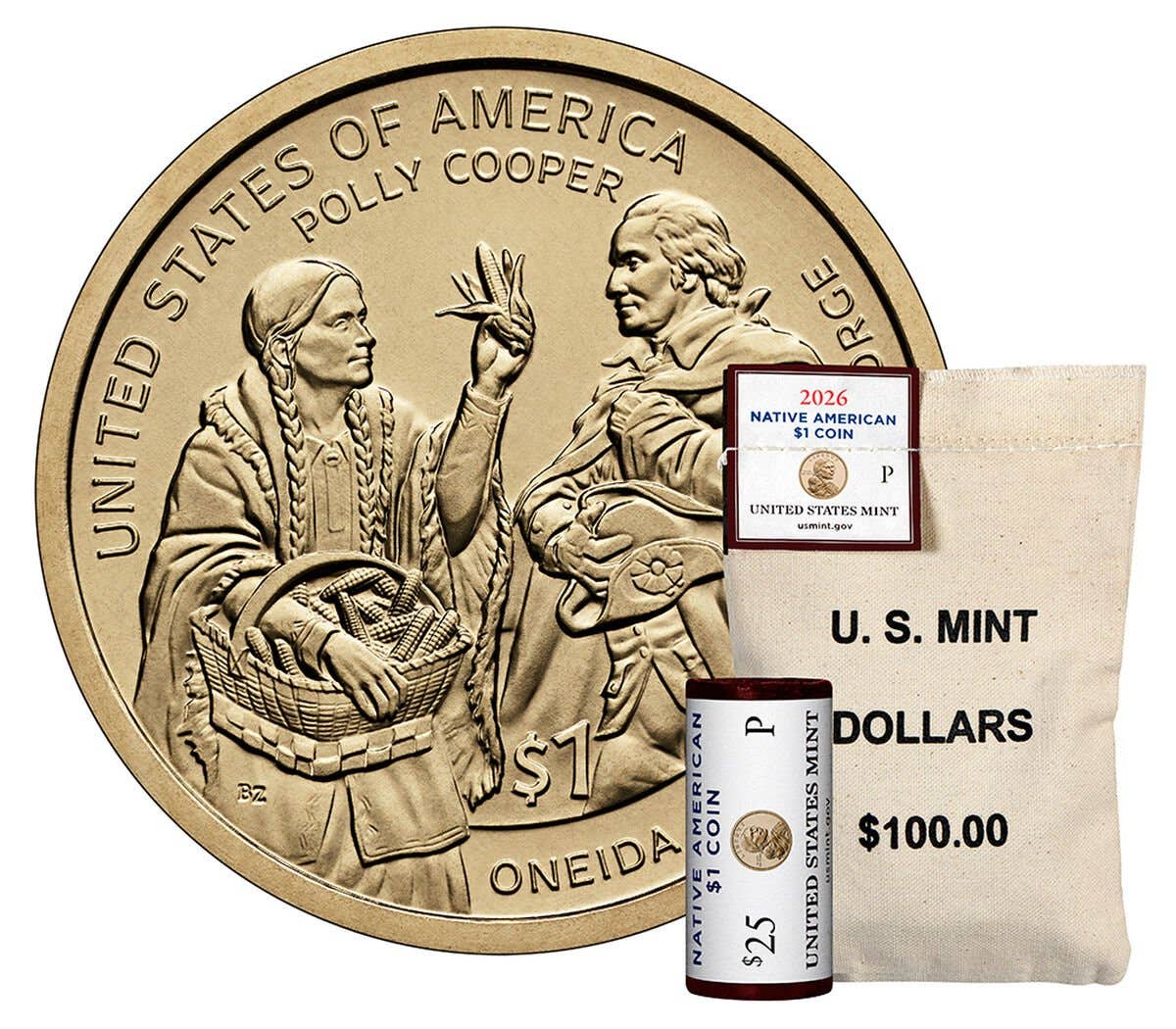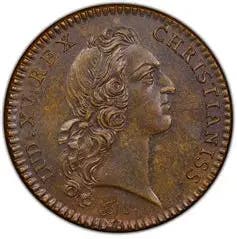Misinformation Or Disinformation?
The global trading of precious metals, including supply, demand, and inventories is only partly transparent. The trading activities that are not transparent or are distorted make it possible to surreptitiously…
The global trading of precious metals, including supply, demand, and inventories is only partly transparent. The trading activities that are not transparent or are distorted make it possible to surreptitiously manipulate prices.
Here are a few examples of how the benchmark reports on gold have misled investors over the years.
The International Monetary Fund (IMF) collects and reports data on central bank gold reserves. Up until about 2009, central banks were required to report in their total gold reserves 1) amounts to which the bank had title and physical custody, 2) gold to which the bank had title but were stored in vaults outside of its physical custody, 3) amounts in the custody of the central bank, even if the bank did not have title to it (such as if it held gold leased from another party), and 4) gold to which the bank had title but it was out on lease to another party.
About thirteen years ago, the IMF acknowledged that if one central bank leased gold to another central bank, that this would cause both central banks to report the same gold as being part of their gold reserves. Going forward, the IMF then allowed, but did not require, central banks to only report gold reserves the quantities to which it had title. Some central banks changed their reporting methodology while others did not. Therefore, IMF reports on total official and central bank gold reserves today almost certainly continue to overstate global reserves.
Another mystery is how much of the IMF’s alleged official gold holdings may also be double-counted as part of the central bank gold reserves. In particular, are the IMF gold holdings supposedly in a vault in India also being included in that nation’s central bank reserve reports?
When there are major purchases or sales of physical gold, the parties doing so have a strong interest in secrecy to prevent market prices from moving against them. A central bank or other party looking to acquire a large quantity of gold would not want sellers to hike prices on them. Similarly, those looking to liquidate a sizeable position don’t want buyers to drop their bids in anticipation of a surge in available gold supplies.
The Bank of England announced in advance that it would sell about half of its gold reserves over a two-year period, from 1999 to 2001. The Bank handled the sales in such a way so as to guarantee it would be sold for the lowest possible price. In advance, it announced actual dates at which it would sell specific quantities of this gold in an auction format. As a consequence, gold prices would fall in the days before each auction, then recover once the auction was completed. The manner in which these sales were conducted look more like blatant attempts to suppress the price of gold rather than to maximize the cash flow to the Bank.
Somewhat overlapping the Bank of England gold sales, the Swiss National Bank (SNB), the central bank in Switzerland, announced that its holdings of gold reserves far exceeded its needs and that it would sell about half of these holdings. In contrast to how the Bank of England, the SNB spread out its sales among several brokers around the world over a period of multiple days, with no announcement about such sales until after each tranche had been liquidated. Therefore, no one broker would be aware of the total amount of gold being liquidated so as to alert others to drop their buy prices. As a consequence, the SNB sold its gold for higher average prices than did the Bank of England.
As for central bank accumulation of gold, the People’s Bank of China began quietly acquiring gold reserves in 2003. It divvied up its purchases so that no one broker would be aware of the total amounts being spent. However, one of the traders in the London market leaked anonymous tips to an American market-watcher about the trades he was handling. Typical purchases he made for China’s central bank ranged from $800 million to $1.5 billion U.S. This market-watcher told subscribers to his newsletter, including me, that this activity was taking place. It was not until 2005 that I was able to receive corroborating evidence of these purchases and shared this information in this column and in my other writings. The mainstream financial press did not report on these purchases as they were happening.
As the Chinese central bank was making these purchases, it continued to report to the IMF that its gold reserves were only 600 tons. Finally, in April 2009, the People’s Bank of China announced that it had been building its gold reserves since 2003 and it then increased the reported gold reserves to the IMF to 1,054 tons, an increase of 14.6 million ounces. This increase in gold reserves accounted for roughly 3 percent of all newly mined gold worldwide over the six-year period.
These Chinese central bank gold purchases also point out another source of misinformation or disinformation in the precious metals industry. There are companies that prepare annual reports on the precious metals. Among the data they include is total supply and demand, national supply and demand, breakdowns between the categories of supply (mine output, recycling, official transactions, hedging activity, and the like), demand (kinds of industrial usage, physical investment, exchange-traded fund flows, hedging activity, and so forth), and a breakdown of inventories. Because not all precious metals activity is transparent (especially in totalitarian countries), the data in these reports should never be considered as complete. Yet, these reports in are widely touted by the financial media as presenting an accurate picture of the precious metals markets. Curiously, none of these annual reports ever included the People’s Bank of China gold purchases from 2003-2008 as part of total global demand. Even more mystifying, these reports did not include any information as to where the physical gold came from that was delivered to China. As best I know, none of these reports have since been corrected for the higher supply and demand for gold in these years. Yet, the regular media still regard these annual reports as complete and accurate.
There are many more examples where supposedly accurate data on precious metals trading activity is either incomplete, inaccurate, or deliberately misstated. Those following precious metals markets need to understand that some of what they see reported could be either misinformation or disinformation.
Correction of March 10, 2022 column
In my column titled, “Will U.S. Mint Change Coin Compositions?” there were some errors in the current composition of circulating U.S. coins.
For the dime, quarter, and half dollar, the original column stated that they were made of 75 percent copper and 25 percent nickel. These coins are actually fabricated in three layers sandwiched together. The outer layers are made of 75 percent copper and 25 percent nickel. The central layer of these coins is pure copper. As you can see at https://www.usmint.gov/learn/coin-and-medal-programs/coin-specifications, the combined overall metallic composition of these coins is 91.67 percent copper and 8.33 percent nickel. I apologize for this error and thank reader Paul Malone for detecting this discrepancy.
Patrick A. Heller was honored as a 2019 FUN Numismatic Ambassador. He is also the recipient of the American Numismatic Association 2018 Glenn Smedley Memorial Service Award, 2017 Exemplary Service Award, 2012 Harry Forman National Dealer of the Year Award, and 2008 Presidential Award. Over the years, he has also been honored by the Numismatic Literary Guild (including in 2021 for Best Investment Newsletter), Professional Numismatists Guild, Industry Council for Tangible Assets, and the Michigan State Numismatic Society. He is the communications officer of Liberty Coin Service in Lansing, Michigan and writes Liberty’s Outlook, a monthly newsletter on rare coins and precious metals subjects. Past newsletter issues can be viewed at http://www.libertycoinservice.com. Some of his radio commentaries titled “Things You ‘Know’ That Just Aren’t So, And Important News You Need To Know” can be heard at 8:45 AM Wednesday and Friday mornings on 1320-AM WILS in Lansing (which streams live and becomes part of the audio archives posted at http://www.1320wils.com).









